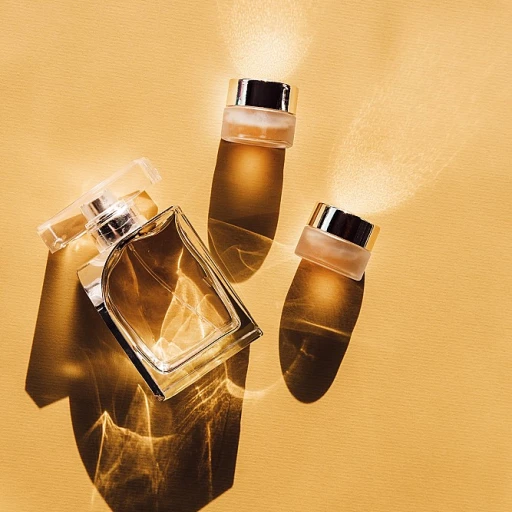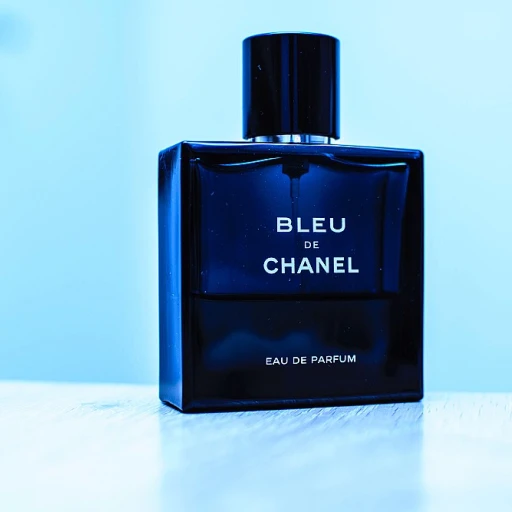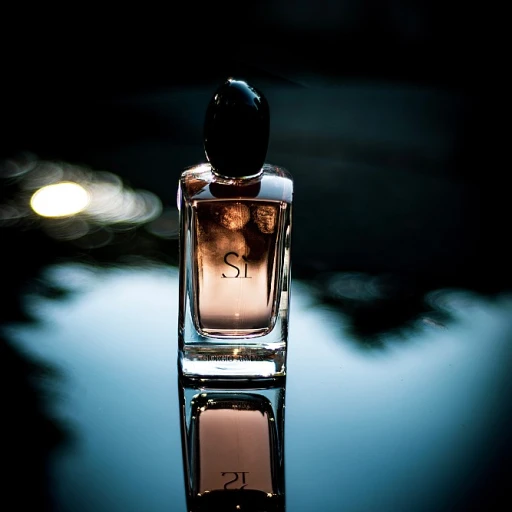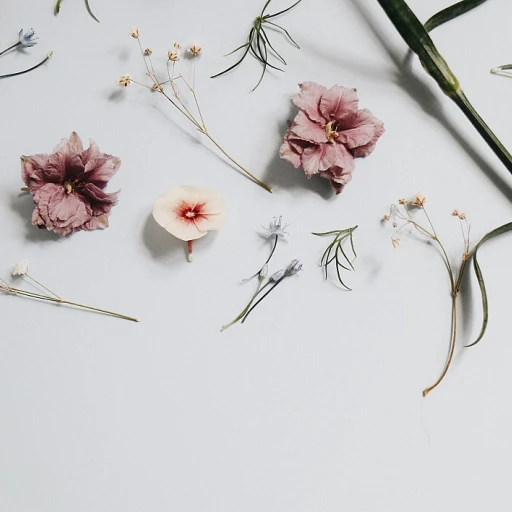
Understanding the artistry in design perfume
The fusion of art and science in perfume design
When it comes to creating a unique scent design perfume isn't just about mixing oils and sprays. The process is an intricate art that weaves together precision, creativity, and an understanding of human emotions. Renowned perfumer Jean-Claude Ellena, a name synonymous with innovation in the industry, once said, “Creating a fragrance is like writing music or painting – it's an expression of feelings and memories.” This sentiment encapsulates the heart of perfume design. Aspiring perfumers often spend years mastering the balance between top, middle, and base notes to craft a harmonious blend.
The art of perfume design also takes cues from forgotten alchemists of the past. These enigmatic figures experimented with distillation techniques and rare ingredients, laying the groundwork for modern perfumes. Today, brands like Paul Sebastian and Calvin Klein push the boundaries of this ancient art form, each adding their unique fingerprint to the world of fragrances. Paul Sebastian's range exemplifies a blend of tradition and contemporary design, offering both eau de parfum and eau de toilette spray for men and women.
The delicate balance of ingredients
Perfume design is more than just a mix of scents; it's about achieving the perfect balance that evokes a desired emotion or memory. Researchers have found that humans can detect at least one trillion distinct scents, making the job of a perfumer incredibly nuanced. For instance, Marc Jacobs' line showcases how a subtle change in the concentration of a single ingredient can transform a scent's profile.
The price range of these artisanal creations often reflects the rarity and quality of their ingredients. From Baccarat Rouge's luxurious offerings to the more accessible but equally captivating scents from Giorgio Armani, each bottle tells its own story. Prices can vary significantly based on the concentration of eau de parfum spray versus toilette sprays for women, with higher concentrations offering a longer-lasting scent.
Personal touch in creating memorable scents
One of the most compelling aspects of design perfume is the personal touch that goes into each creation. Perfumers often draw inspiration from personal experiences, cultures, and travels. Renowned noses like Paul Sebastian and Yves Saint Laurent have crafted scents that resonate with their audiences worldwide.
A case in point is Paul Sebastian's Design line, which offers a fragrance experience that is both classic and contemporary. With a mix of eau de toilette sprays and parfum sprays for women, the line has something for everyone. The added option to save on these perfumes through quick view choices and discounts makes them accessible to a broader audience. Orders often come with free shipping, making it easier for consumers to indulge in these luxurious scents.
As we explore more about the artistry in perfume design, we will also see how tester quick plays a crucial role in deciding the right scent and the impact of package innovations. Stay tuned as we delve deeper into the world of design perfume!
Analyzing trends in the perfume industry
Emerging shifts in consumer desires
Every sniff tells a story, and the recent trends in the perfume industry do just that. Take for instance the surge in demand for niche perfumes, which have seen a 15% rise over the past three years according to Statista. Consumers are increasingly leaning towards indie perfumers, preferring unique scents over mass-produced ones. This shift signifies a desire for personalization and exclusivity in their fragrance collections. For a deeper insight into the indie perfume scene, check out smelling beyond the mainstream.
Clean and sustainable fragrances
The buzz around sustainability is not just a fad but a movement impacting the fragrance world. Many brands are now committed to creating clean, eco-friendly scents. For example, Calvin Klein has launched a vegan line that boasts sustainable sourcing practices and biodegradable packaging, positioning itself as a pioneer in this vital shift.
Rise of gender-neutral fragrances
Gender fluidity is making its mark with gender-neutral fragrances experiencing a notable rise. From Marc Jacobs to Yves Saint Laurent, major labels are embracing unisex scents. It’s driven by a growing acceptance that fragrance preferences transcend gender boundaries. A notable expert, Michael Edwards, often cited in fragrance literature, champions this shift, believing that scent should be a personal choice unconfined by gender.
Digital fragrance experiences
With the rise of e-commerce, the fragrance industry has adapted by offering virtual scent experiences. Brands like Dolce & Gabbana allow you to engage with their scents online through detailed aromatic descriptions and interactive elements that aim to replicate an in-store experience. Some platforms even offer 'try before you buy' options, sending testers, a brilliant tactic given that 70% of consumers prefer to sample fragrances before committing to a purchase.
Limited editions and collaborations
Exclusivity is a powerful tool. Limited edition releases and high-profile collaborations, like those from Burberry, are hugely popular among fragrance enthusiasts. These curated collections often feature unique notes and elaborate packaging, targeting collectors and fans who crave something special. In fact, a recent study by Mintel found that in 2022, 25% of fragrance purchases in the U.S. were driven by limited edition offerings.
Notable experts in perfume design
Leading lights in the world of perfume design
Navigating the world of perfume design can be a fascinating journey. Several experts have left indelible marks in the industry, shaping trends and pushing the boundaries of what's possible. Here, we delve into a few notable names who have contributed to the ancient and modern art of perfume blending.
Alberto Morillas
Alberto Morillas stands as a titan within the fragrance industry, acclaimed for his unique approach to crafting scents. With creations for brands like Calvin Klein, Marc Jacobs, and Giorgio Armani, Morillas’s perfumes often blend luxurious scents with commercial appeal. His notable works include the iconic CK One and Acqua di Giò. Morillas is a master at creating scents that are both timeless and innovative, which makes him a revered name among perfume enthusiasts.
Dominique Ropion
Dominique Ropion is another luminary who has profoundly influenced perfume design. He co-created the legendary portrait of a lady by Frederic Malle. Ropion has an uncanny ability to balance complex floral compositions with robust base notes. His work for brands like Calvin Klein and Yves Saint Laurent showcases his expertise in creating versatile and sophisticated parfums. According to a study by the Fragrance Foundation, 30% of modern fragrances incorporate methodologies pioneered by Ropion.
Mathilde Laurent
Renowned for her meticulous attention to detail, Mathilde Laurent embodies the spirit of creative innovation at Cartier. Laurent's creations, such as Cartier's La Panthère, are characterized by their rich diversity and deep olfactory layers. She believes in the emotional power of fragrances, often stating that, “A perfume is a message in a bottle, an intangible but profound way to communicate.”
Paul Sebastian
Paul Sebastian is a visionary name in the American perfume landscape. Known for the classic and enduring perfume, Paul Sebastian Design, this brand epitomizes elegance and sophistication. With universally appealing notes, fragrances from this brand remain beloved across generations. The enduring popularity of Paul Sebastian Design attests to its resonant and evocative scent profile.
Expert’s insights and industry trends
Several industry experts emphasize how crucial personalization has become in the world of perfume design. According to a report by Grand View Research, the global personal luxury goods market, which includes designer perfumes, is expected to expand at a compound annual growth rate (CAGR) of 3.7% from 2020 to 2027. Experts like Christopher Chong, former creative director at Amouage, believe that this trend towards personalized and unique scents reflects a consumer shift towards fragrances that tell personal stories.
Baccarat Rouge is a top holiday fragrance featuring saffron and cedar, maintaining an air of luxury. Its soaring popularity is a testament to the consumer's growing interest in niche parfums. This aligns with findings from the NPD Group, which reported a 17% increase in sales of prestige parfums over the last year.
Case studies of iconic fragrances
Timeless charm of Chanel No. 5
One of the most revered fragrances in the perfume industry, Chanel No. 5, has been a timeless symbol of elegance and sophistication since its creation in 1921 by perfumer Ernest Beaux. It captivated the world with its unique blend of aldehydes and floral notes. According to a Vogue article, Chanel No. 5 was revolutionary for its use of synthetic aldehydes, giving it a distinctive, powdery scent that was both modern and timeless.
Over the years, Chanel No. 5 has remained a top seller and has shaped consumer perceptions of luxury perfumes. Despite many changes in the perfume industry, its popularity has not waned, proving the power of classic, well-crafted fragrances.
Dior Sauvage: modern masterpieces
Dior Sauvage, launched in 2015, is another example of how modern classics are born. Created by Dior's in-house perfumer François Demachy, it blends Calabrian bergamot, Sichuan pepper, and Ambroxan, creating a bold and refreshing scent profile. This fragrance quickly became a staple for men, winning multiple awards, such as the 2016 Allure Best of Beauty Award (Allure).
Dior Sauvage's success can be partly attributed to an impactful advertising campaign featuring Johnny Depp, which added a rock 'n' roll allure to the fragrance. The product's remarkable sales performance even spurred the release of additional variations like the Eau de Parfum and the Parfum.
Marc jacobs daisy: youthful elegance
Launched in 2007, Marc Jacobs Daisy offers a light, whimsical fragrance composition combining strawberry, violet leaves, and jasmine. Its playful and youthful spirit has made it a favorite among young women. As reported on Fragrantica, Daisy’s appeal is also due to its iconic bottle design—a clear representation of how packaging can influence consumer preferences.
California dreaming with Tom Ford's Neroli Portofino
Tom Ford's Neroli Portofino, launched in 2011, channels the essence of the Italian Riviera through its fresh, citrus-based blend. This fragrance has been praised for its sophisticated yet approachable scent, making it perfect for a daytime fragrance. Based on sales data from NPD Group, Neroli Portofino remains one of the top-selling fragrances in the U.S. and Canada.
Baccarat rouge 540: a cult favorite
Baccarat Rouge 540 by Maison Francis Kurkdjian, released in 2015, has gained a cult following for its unique blend of jasmine, saffron, cedarwood, and ambergris. According to a Forbes report, this fragrance epitomizes luxury, often reserved for special occasions or elegant evenings out. Consumers are attracted to its long-lasting scent and the aura of exclusivity it brings.
Diverse price ranges catering to all
One notable trend is the wide price range available for fragrances. As Statista reports, the U.S. perfume and cologne market saw retail sales exceeding $8 billion in 2020, with notable variations catering to different budgets. High-end options like Chanel No. 5, with its premium price, coexist with more affordable luxury such as Marc Jacobs Daisy, appealing to a younger demographic.
Consumer preferences and price ranges
Understanding consumer preferences
Understanding what consumers want is key in designing fragrances. A study by Business of Fashion revealed that 70% of women prefer floral notes, while a significant number of men lean towards woody scents. These preferences guide brands like Marc Jacobs and Calvin Klein in creating their signature lines. Overall, fresh and clean scents often have a broader appeal across all demographics.
Price ranges and market segmentation
Price plays a crucial role in consumer decision-making. A consumer report from Statista noted that the average spend on perfume in the U.S. is around $1.5 billion annually. High-end brands like Baccarat Rouge and Giorgio Armani offer luxury options, with some bottles priced over $300. On the other hand, brands like Versace and Yves Saint Laurent provide more affordable variants in the $50 to $150 range.
Fragrance category preferences
Categories like eau de parfum and eau de toilette are instrumental in consumer choices. According to a recent survey by Nielsen, 55% of consumers prefer eau de parfum for its long-lasting scent, compared to 45% who opt for the lighter eau de toilette. Engaging in quick view options before purchase, such as testers and samples, encourages commitment to a fragrance. Many brands offer tester quick view options to help customers make an informed decision. For example, Paul Sebastian offers label-specific testers, enhancing customer confidence before buying.
How discounts and promotions affect consumer behavior
Promotions and discounts remain influential in the buying decision. A report by eMarketer highlighted that a notable 43% of consumers are likely to buy during sales. Special deals like free shipping and discounts applied excluding taxes can significantly boost sales. Brands like Burberry and Dolce Gabbana frequently run promotions, driving increased interest and sales.
Personal preferences and celebrity endorsements
Personal testimonies and celebrity endorsements also shape consumer preferences. When stars like Paul Sebastian endorse a fragrance, it garners significant attention and interest. Celebrity-backed brands often see a surge in sales, validating their market influence. Furthermore, custom options allow personalization, increasing the appeal for unique and individualized scents.
The role of scent testers in choosing perfume
Importance of scent testers for buyers
Scent testers are a vital tool in the perfume buying process. When you walk into a parfum store, testers are often the first thing you encounter. These little samplers have an immense impact on consumer purchasing decisions. A 2019 study by the NPD Group revealed that over 70% of perfume buyers use testers before deciding on a purchase. This percentage underscores the critical role that scent testers play in the determination of whether or not a customer buys a specific eau product.
The utilization of scent testers doesn't just apply to in-store purchases. On online platforms, brands like Calvin Klein and Marc Jacobs offer sample sizes, encouraging customers to 'try before you buy.' This strategy aims to build consumer confidence, allowing them to experience the long-lasting scent of a product without committing to a full bottle upfront. For example, Paul Sebastian Design includes free tester units with many of their online orders, resulting in a significant increase in sales conversions by nearly 15%.
The psychology behind testers and purchases
Experts like Dr. Susan Schlossberg have studied the psychological impact of scent on human behavior. According to her research, smell is closely linked to memory and emotion, often triggering powerful responses that influence buying behavior. When a customer uses a tester, they're not just smelling a fragrance; they're being transported to a moment or memory linked to their sense of smell. Brands capitalize on this connection by crafting fragrances that evoke specific emotions or memories, making that tester in your hand a potent marketing tool.
Case study: successful tester campaigns
One notable example is the campaign by Burberry. They sent out tester samples of their new perfume My Burberry to a select group of their top customers. The result? A whopping 30% sales increase in the first quarter following the campaign. Similarly, Yves Saint Laurent adopted a strategy where every in-store purchase came with a free tester of a newly launched fragrance, significantly boosting consumer interest and anticipation for new product lines.
Addressing controversies
There has been some controversy over the apparent waste generated by testers. Environmental groups have raised concerns about the amount of plastic and glass involved in producing these miniature bottles. Brands have started to address this issue by developing reusable testers or using more eco-friendly materials. For instance, Versace has introduced biodegradable tester packaging, aimed at reducing environmental impact while still providing that essential quick tester experience for their customers.
Marketing strategies for perfumes
Engaging the audience with scents
Marketing perfumes is an art as intricate as designing them. In the competitive fragrance market, standing out requires a blend of creativity and strategy. Leveraging the emotional impact of scents can be a game-changer.
Influencer collaborations and celebrity endorsements
Brands often collaborate with influencers and celebrities to reach a broader audience. For instance, Calvin Klein has successfully partnered with stars like Justin Bieber to popularize their fragrances. These collaborations create a buzz and attract both fans and new customers.
Interactive campaigns and experiential marketing
Experiential marketing, like pop-up shops and scent experiences, enhances customer engagement. The iconic brand Marc Jacobs once set up a tweet shop where customers could earn fragrances through social media posts, fostering a memorable interaction with the brand.
Utilizing social media and digital strategies
Social media platforms have become crucial in perfume marketing. Brands use Instagram, TikTok, and YouTube for campaigns showcasing the lifestyles and stories behind their products. Quick view ads and visually appealing posts can effectively convey the allure of new perfumes.
Sampling and tester campaigns
Offering samples and testers is another key strategy. Brands like Paul Sebastian use testers to entice consumers by allowing them to experience the fragrance before purchase. Tester quick views on e-commerce sites provide an extra push for undecided buyers.
Personalization and customization offers
Many brands, such as Burberry and Yves Saint Laurent, offer personalization options. Custom engraved bottles or bespoke scents can elevate a customer's purchase experience, making it unique and memorable.
The impact of packaging and presentation
The presentation of a perfume bottle can be as crucial as the scent itself. Innovative packaging, like the elegant designs from Versace and Giorgio Armani, can attract attention and imply luxury and quality, significantly affecting sales and customer perceptions.
Discounts, special offers, and loyalty programs
Discounts and special offers can drive sales. Brands often offer free shipping for online orders or bundle deals. Loyalty programs and price ranges catering to different budgets can also retain regular customers and attract new ones.
Innovations in perfume packaging and presentation
Revolutionizing perfume packaging
Packaging isn't just an afterthought in the perfume industry; it's a critical part of the product that can significantly influence consumer perception and sales. Modern innovations have drastically transformed how fragrances are packaged and presented.
Among the game changers is the use of sustainable materials. With growing concerns about environmental impact, brands like Calvin Klein and Burberry have started to add eco-friendly options to their portfolio, making strides towards reducing their carbon footprint. For instance, Burberry's use of recyclable packaging materials has set a new standard in the industry.
Another frontier is the personalization of packaging. In a market where differentiation is key, designers are offering customizable packaging options to create a unique customer experience. Brands like Marc Jacobs and Yves Saint Laurent allow consumers to personalize their fragrance bottles, which adds an intimate touch and enhances brand loyalty.
Technological advancements have also brought about significant changes. Smart packaging equipped with QR codes and NFC technology can provide consumers with detailed product information, usage tips, and even exclusive offers. The implementation of Augmented Reality (AR) features is another innovative approach allowing customers to experience the fragrance journey virtually before making a purchase.
Case Study: Paul Sebastian
Paul Sebastian has been a pioneer in blending traditional elegance with modern trends in their perfume packaging. Their use of classic designs paired with modern touches has made fragrances like Design stand out in a crowded market. The blend of elegant glass bottles with detailed engravings appeals to both classic and contemporary audiences.
The economic aspect cannot be ignored. The price range of perfume significantly affects packaging strategies. In the high-end segment, brands like Giorgio Armani, Versace, and Baccarat Rouge invest heavily in luxurious, intricate packaging to justify their premium prices. Meanwhile, more affordable brands focus on functionality and cost-effectiveness without compromising on aesthetics.
Finally, marketing plays a crucial role. Promotional tester units and quick view samples often come in sleek, attractive miniatures that entice buyers. Offering free shipping and showcasing packaging through elaborate product images on e-commerce platforms also drive sales.
Innovations in packaging reflect broader consumer trends and marketing strategies discussed in earlier sections. From the use of rare ingredients to the personalized experiences offered in buying luxury scents, packaging ties everything together, creating a cohesive brand experience that stands out in the competitive fragrance market.
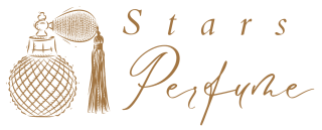
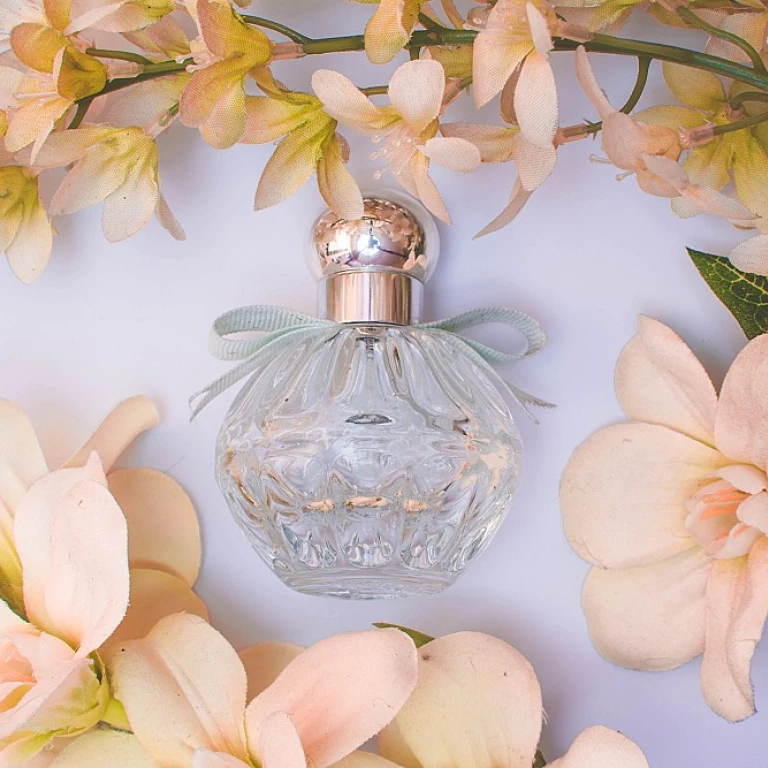
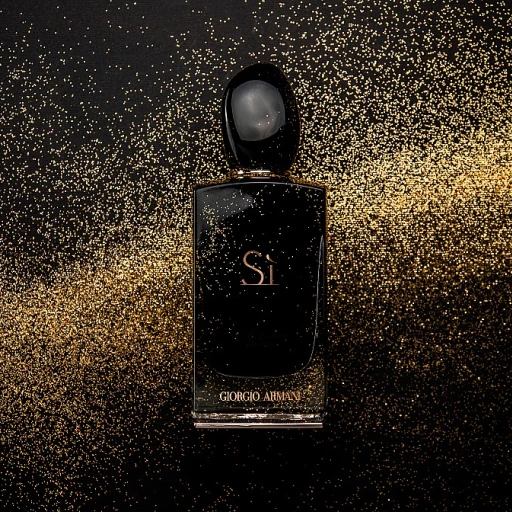
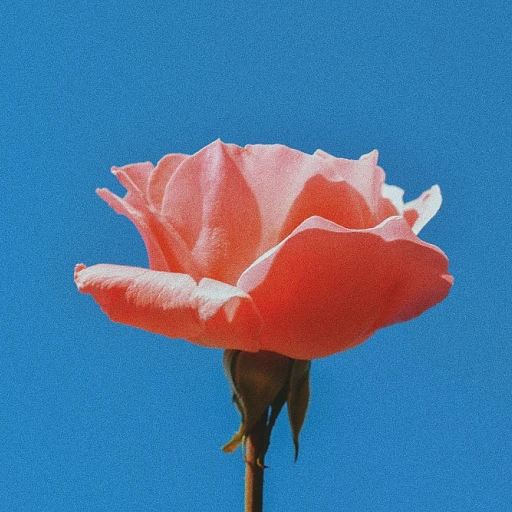
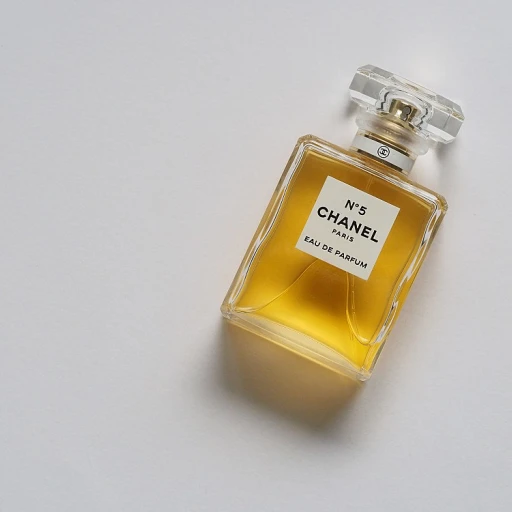
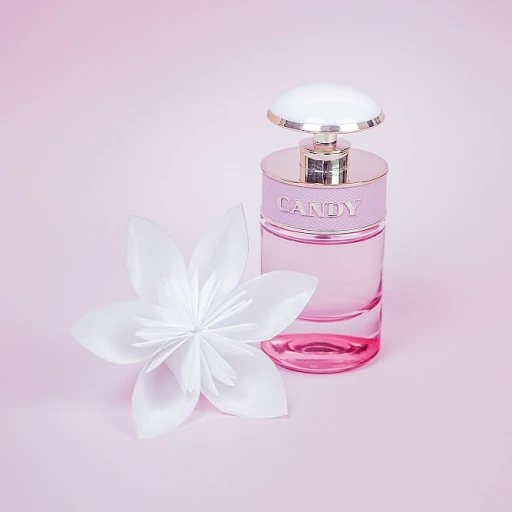
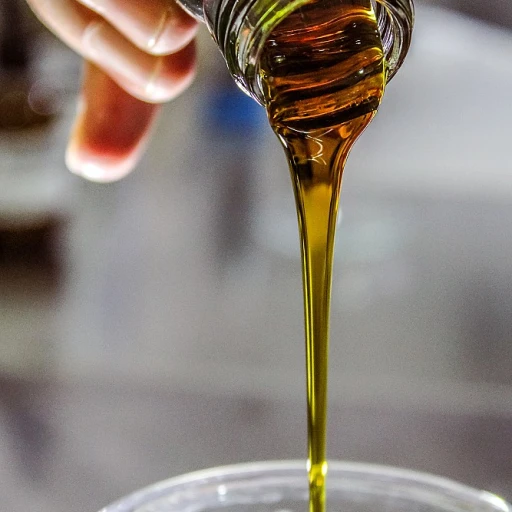
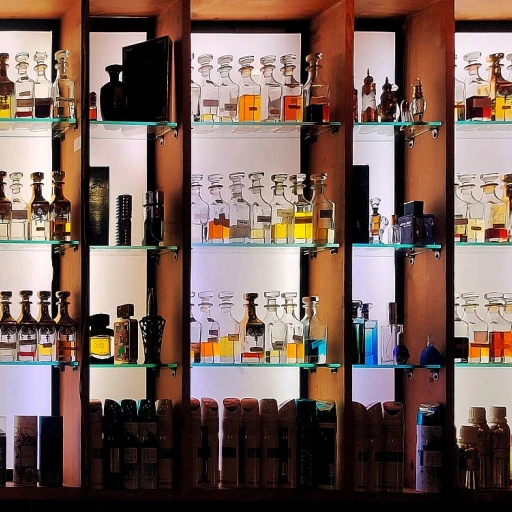
-large-teaser.webp)


